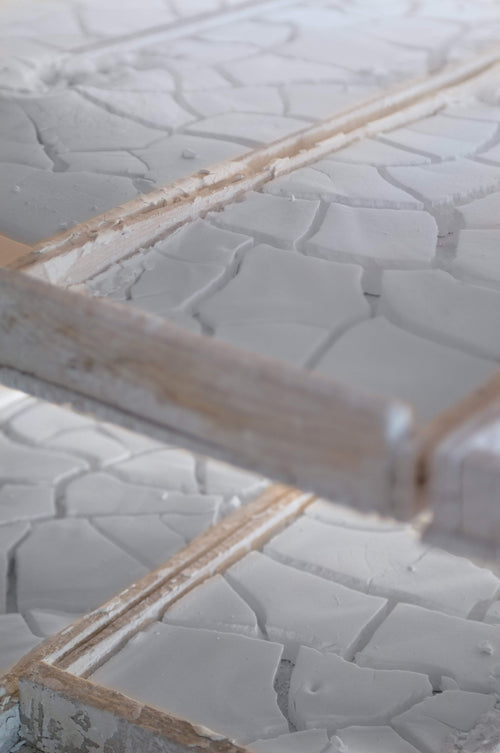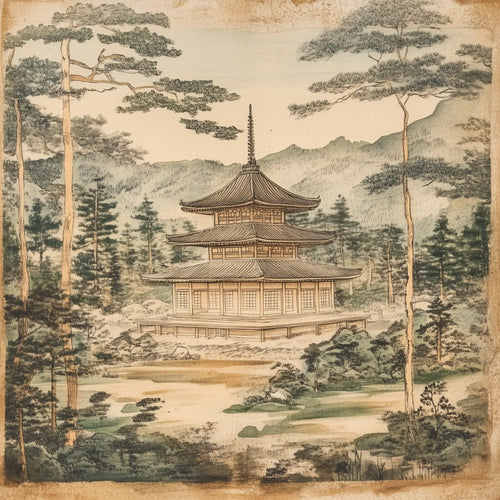
What is Shikkui?
An all-natural lime plaster engineered in Japan that actively improves indoor air quality and has been used in building materials, finished materials and home goods.
Shikkui is an all-natural lime plaster that has been used in Japan as a building material for centuries. As increased concerns surrounding indoor air pollution rise, advancements in Shikkui have led to the creation of Shikkui Paint, and smaller scale air deodorizers like LumieCube and Deodo Tile. Shikkui’s all-natural makeup allows it to effectively provide a multitude of home and health benefits, verified by independent tests according to ISO, JIS and ASTM standards.
Our Accreditations
Silver Level
11 LEED
credits
Monozukuri Award
(2007)
Good Design Award
(2007)
Shikkui products
Shikkui is a versatile material that can be used in a wide range of household products, from paint and plaster for interior and exterior surfaces to everyday items like air and shoe deodorizers, and DIY modeling kits.
Shikkui vs. Others
Compare the unique benefits of SHIKKUI with other materials to see why it's the superior choice for healthier, sustainable living.
| VOC emissions |
| Absorbs VOCs & odours |
| Absorbs CO2 |
| Humidity Regulating |
| Anti-fungal |
| Anti-bacterial/Anti-viral |
| Anti-allergic |
| Fire Resistant |
| Maintenance |
| Decorative Textures |
| Application |
| Colours |
| Cost |
| Longevity |
What is Shikkui made from?
A Closer Look at Shikkui’s Versatility
The history of Shikkui
From its origins in 6th-century Japan as a natural lime plaster to its role in shaping castles, homes, and modern spaces, Shikkui has a fascinating story to tell. Discover how this ancient material evolved into a cutting-edge solution for healthier, sustainable living. Dive into the timeline below to explore Shikkui’s journey through history and innovation.

Birth of Japanese Shikkui
6th Century
(Asuka period)
Lime plasters were first introduced to Japan from mainland Asia in the 6th century, following the spread of Buddhism. During this time, lime plasters in Japan continued to develop and evolve independently based on locally available resources, eventually bringing to life Shikkui – today’s Japanese lime plaster.
Shikkui as a Luxury Material
17th Century
(Edo period)
As Japan unified and entered its cultural transformation period, known as the Edo period renaissance, Shikkui became a symbol of luxury. Applied to castle walls, Shikkui was layered over earthen plasters and reserved for nobles and upper samurai society. Most common housing structures were made of wood and earthen plaster during this time.
Great Fire of Meireki
1657
The high concentration of wooden housing in Edo (now Tokyo) made the city prone to devastating fires, including the infamous Great Fire of Meireki, which destroyed 60–70% of the capital and claimed over 100,000 lives. In response, the Tokugawa Shogunate permitted the widespread use of Shikkui, valued for its fire-resistant properties. Once reserved for the elite, Shikkui became a key material for both residential and commercial construction, particularly in merchant warehouses where thicker layers protected commodities.
New Shikkui Aesthetics
18th–19th Century
(Late Edo period)
Advancements in craftsmanship during the late Edo period led to the development of new Shikkui finishes, application techniques, and tools. Exterior Shikkui applications became known for durability, fire protection, and aesthetic appeal, while interior Shikkui coatings enhanced air quality with humidity-regulating and antibacterial properties.
Main Finish Coating
19th Century
(Meiji period)
During the modernization of Japan in the Meiji period, Shikkui finishes were applied to Western-style brick constructions, establishing its status as Japan’s main finish coating. Many cultural buildings from this era, now recognized as national and world heritage sites, were finished with Shikkui.
New Shikkui Innovations
2010’s
Modern Shikkui finishes have expanded to include decorative artisan products, sprayable and roller-applied plaster, enhanced humidity-regulating coatings, and DIY-friendly options.
Continued Shikkui Developments
2020’s
With increased concerns about air quality, innovations in Shikkui technology continue to focus on respiratory health and environmental sustainability. These advancements include the development of more easily applicable Shikkui Paint.




















